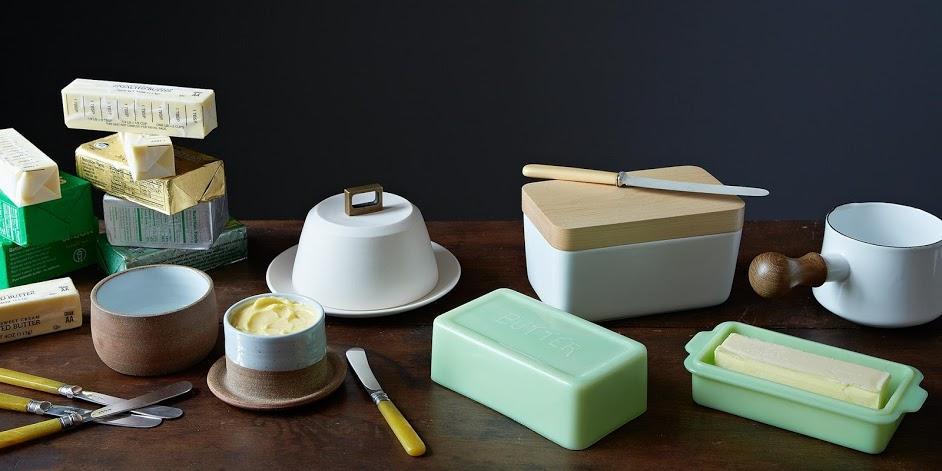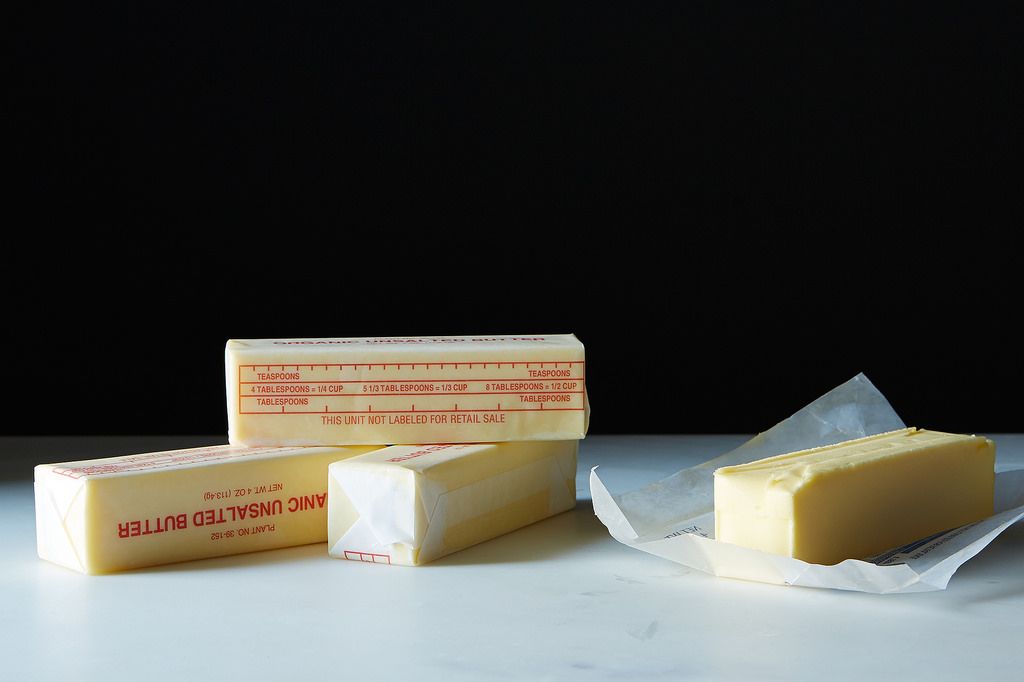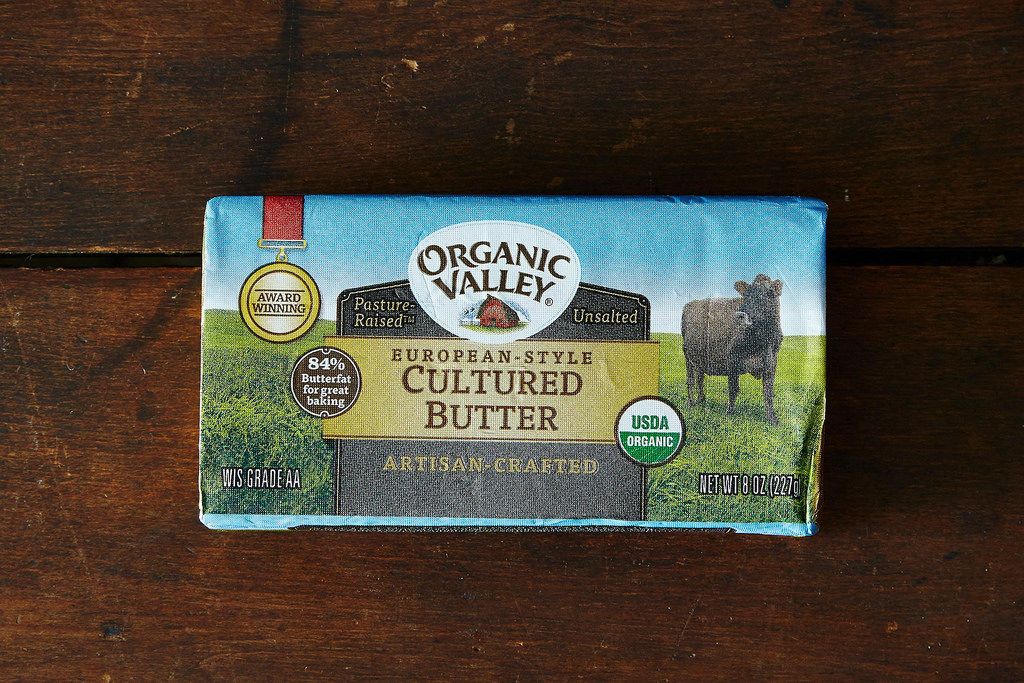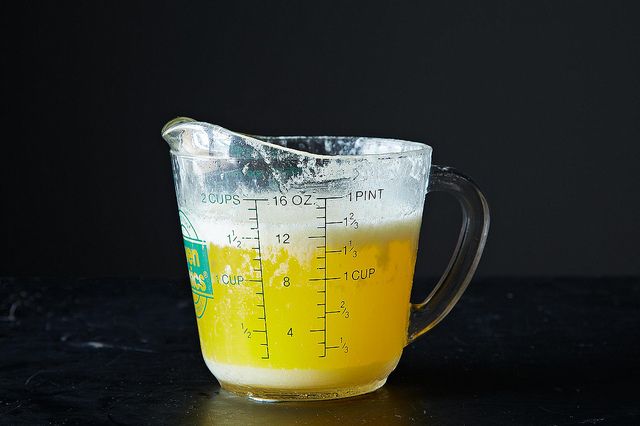Inspired by conversations on the Food52 Hotline, we're sharing tips and tricks that make navigating all of our kitchens easier and more fun.
Today: Get to know your butter.

Previously shunned for its levels of saturated fat, butter is thankfully making a comeback (with a little help from a Bittman endorsement). Yes, you can often substitute various oils, but it’s often best to stick with good old, basic (or not-so-basic) butter.
Not all butter is created equal, though; characteristics like flavor and smoke point depend on a number of factors, including:
-
Animal type and diet: Cow, sheep, and goat milk all produce differently-flavored butter, as do grain-fed and grass-fed animals.
-
Handling: Pasteurization and culturing will also affect the final product.
-
Moisture content: Butter is made up of milk solids (proteins), butterfat, and water; their ratio affects consistency and smoke point.
More: Stock your kitchen with all of our butter-related basics.
While there are a wide range of butters out there, they don't vary in flavor as much as their close relative, cheese, does. But who knows -- maybe we’ll start referring to the terroir of butter in the near future. In the meantime, here are a few good-to-know varieties to aid in your butter selection process.

Classic
The industrial era brought the butter we're used to seeing on supermarket shelves, which contains 80 to 81% butterfat (this percentage varies between brands). Producers also began pasteurizing milk during this time, which resulted in butter made from sweet cream -- this is why unsalted butter is often called "sweet cream" butter. Baking lore holds unsalted butter in the highest esteem, as it allows for better control over the salt content of your finished product.
Best uses: Anything and everything, especially baked goods.

Cultured
Cultured butter comes from fermented or soured cream, rather than sweet cream; fermentation occurs because of the trace amounts of lactose (a sugar) that's present in the cream.
For years, if you wanted cultured butter, you bought something that had been imported from Europe. Luckily, starting in the late '90s, American producers began making it themselves. The higher fat content of cultured butter (82 to 86%) is its main differentiating factor; this comes from a longer churning time, and the removal of some moisture.
More: Turn your crème fraîche into DIY cultured butter.
The diversity in taste and appearance of cultured butter comes from the cow's diet, and whether the milk used is raw or pasteurized. If the cows are grass-fed, the butter will have a brighter yellow hue, and a funkier flavor.
Best uses: Since the price point is higher, we recommend cultured butter for pastry and pie doughs, or simply for slathering on radishes and bread.

Clarified
For cooking at high temperatures (up to 485° F), use clarified butter -- it's made by removing the milk solids from unsalted butter, so there are no proteins to burn.
More: Learn a faster, better way to clarify butter, from Alice Medrich.
Ghee takes clarified butter a step further, by cooking it longer and taking it to a higher percentage of butterfat; occasionally, it is seasoned with turmeric. Commonly used in Indian cuisines, ghee stays fresh for long periods of time at room temperature, so you're free to store it out on your counter.
Best uses: High-temperature cooking.
Photos by James Ransom





See what other Food52 readers are saying.